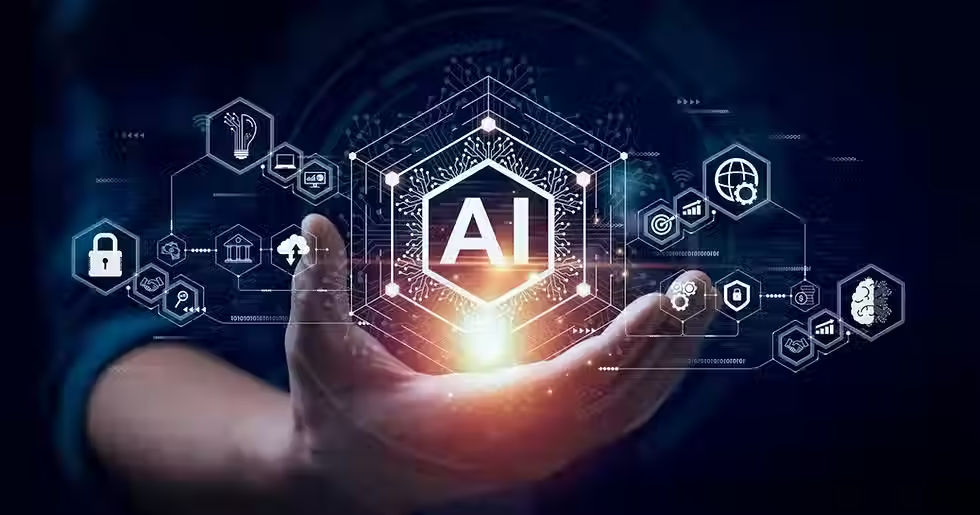Is AI Killing Creativity?
- massevproductions
- Jul 30
- 3 min read

In the age of rapid technological advancement, artificial intelligence (AI) has moved from the fringes of innovation to the center of our daily lives. From auto-generating content to composing music, designing graphics, and even writing novels, AI is reshaping the creative landscape. But as we marvel at its capabilities, a more uncomfortable question lurks in the shadows: Is AI hindering—and potentially killing—human creativity?
There’s no denying the convenience of AI tools. Writers use AI to brainstorm ideas, musicians generate melodies with algorithms, and marketers deploy AI for ad copy and branding. The promise is simple: faster output, lower costs, and scalable creativity. But therein lies the problem.
Creativity thrives on struggle—on wrestling with ideas, making mistakes, and stumbling upon originality through effort. When AI removes the friction from the creative process, it may also erase the spark that makes creativity meaningful.
One of the subtler ways AI stifles creativity is by shifting humans from creators to curators. With AI doing the heavy lifting—suggesting visuals, finishing sentences, or remixing existing styles—many creators now find themselves choosing between pre-generated options rather than crafting something truly original. This breeds a culture of homogenization: if everyone uses the same tools trained on the same data, how unique can any of it really be?
AI systems are trained on existing data. That means they learn from what has already been created, not what could be. As a result, AI often recycles past patterns, biases, and trends, reinforcing the status quo rather than challenging it.
Innovation requires breaking molds, defying norms, and inventing new language—something AI is fundamentally not built to do. It’s a mirror, not a muse.
Consider the years it takes to master painting, writing, or composing. These disciplines demand patience, persistence, and a deep engagement with the medium. When AI offers instant results, the incentive to develop those skills erodes. Why spend 10,000 hours learning an art form when a machine can approximate it in seconds?
This is not just a threat to individual growth—it’s a loss to culture. The richness of human expression comes from our imperfections, our histories, our emotional depth. AI-generated art, while technically impressive, often lacks the soul that only lived experience can imbue.
There’s also a more human cost. Many creatives find themselves demoralized, feeling replaced or undervalued. When clients prefer AI-generated drafts for their speed and affordability, artists may question their relevance. It’s not just a matter of economic competition—it’s existential. What does it mean to be creative in a world where machines can do it faster?

To be clear, AI is not inherently evil. It can be a tool for experimentation, inspiration, and even collaboration. The danger lies in how we choose to use it. If we let AI dictate the terms of creativity, we risk reducing art to content, and creators to operators.
Instead, we should:
Use AI intentionally: as a spark, not a shortcut.
Prioritize process over product: celebrate the journey of creation, not just the output.
Invest in human voices: support artists, writers, and thinkers who push boundaries rather than optimize trends.
AI might be efficient, but creativity is not about efficiency. It’s about humanity—messy, unpredictable, and full of wonder. As we stand at this crossroads, we must ask ourselves: are we using AI to expand creative potential, or to replace it altogether?

Editors note: This article was composed by ChatGPT. I thought it would have a much better impact having AI discuss the dangers of using AI in the creative process.




Comments